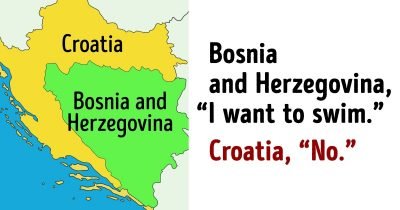education
Children In Vietnam Travel Inside Plastic Bags Across Swift-Current River To Go To School
They had no choice.
What is poverty like?
It’s a question that only those who have experienced it firsthand can explain. It’s an issue that even developed countries are fighting hard. Third-world countries like Vietnam have poverty running rampant in several areas, especially undeveloped ones. In places like this, parents have to work hard only to get by day-to-day and children have to risk their life just to get to school.
And here are glimpses of children in Vietnam who lives in Huoi Ha Village traveling to school.
Children of Huoi Ha Village have to cross the river to reach their school. There is usually a makeshift bamboo raft tied to a rope they can use to cross the river.
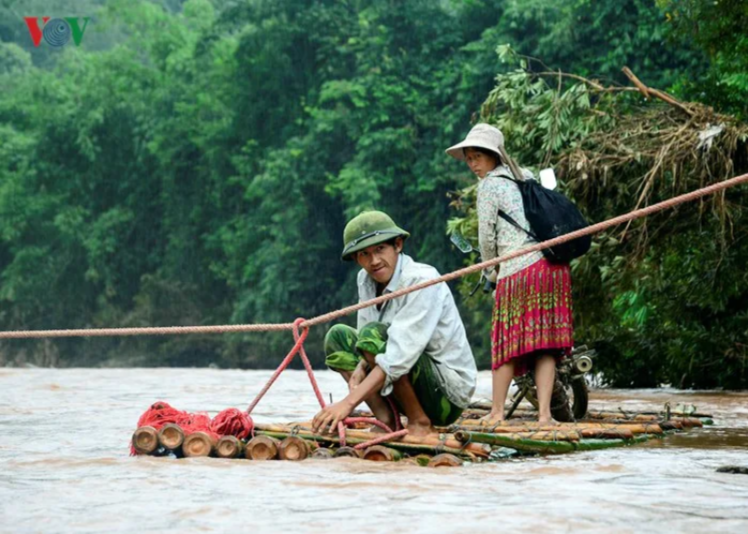
But during the rainy season, the river overflows and there is only one way to cross it: they have to be inside a tied plastic bag.
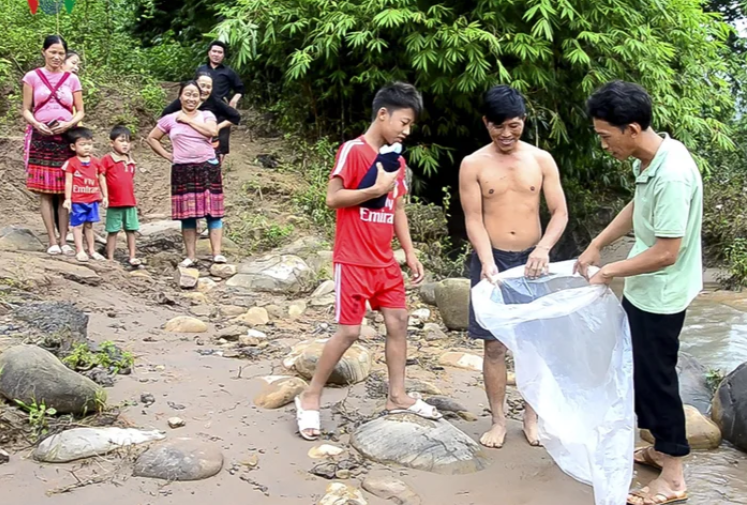
Chairman of Na Sang Commune, Vang A Po said, “We have warned local residents of latent risks to travel through the stream by plastic bags, but the swift-flowing water can also sweep rafts away, so they have to choose this way. Earlier, a local person was injured in a capsized raft here.”
Children are put inside plastic bags and are sealed, so it’s airy enough to float on water.

Parents will drag them across the river like this.
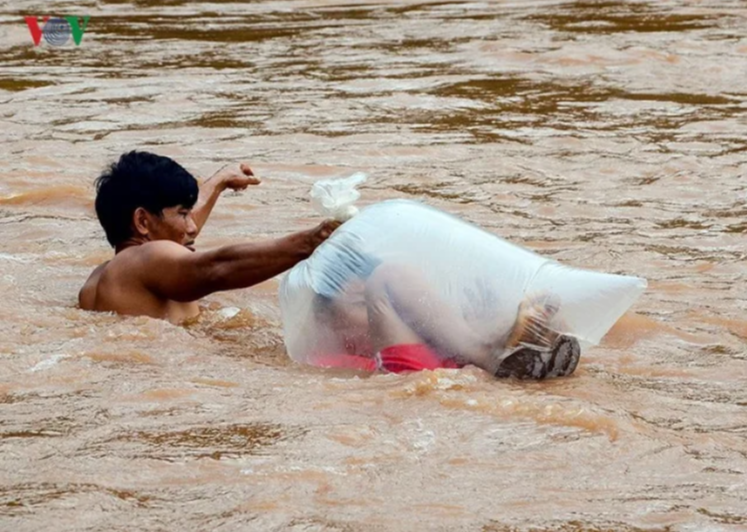
Nguyen Minh Phu, chairman of Muong Cha District says that, however, this is not common. It only happens when the stream is high.
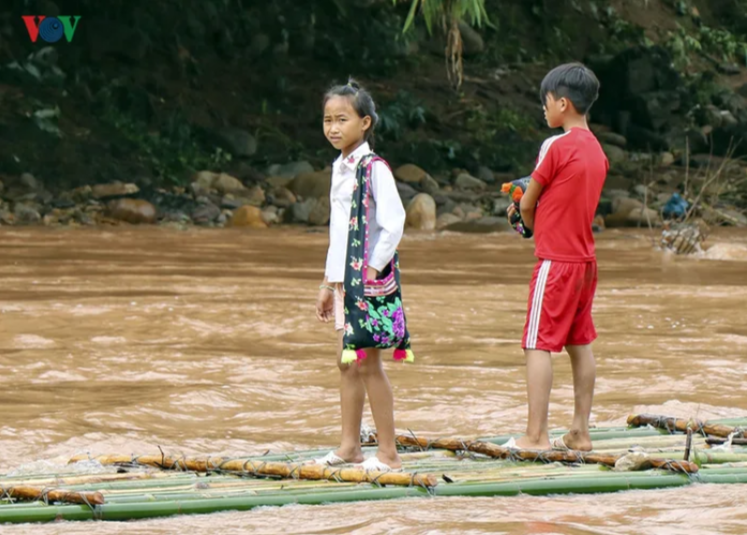
Children have to spend 5 more hours walking to get to school. They will also typically spend the week there and only returning during weekends. This is why crossing the river to and fro school is not as common as one might think it is. But still, it’s a very risky method that the villagers had no choice about.
Government funding to build bridges have been suggested and it’s estimated that VND6 billion (USD272,727) is needed to build them. However, the slippery and narrow 12 km route to the area poses risks to bring construction materials into the location.
















